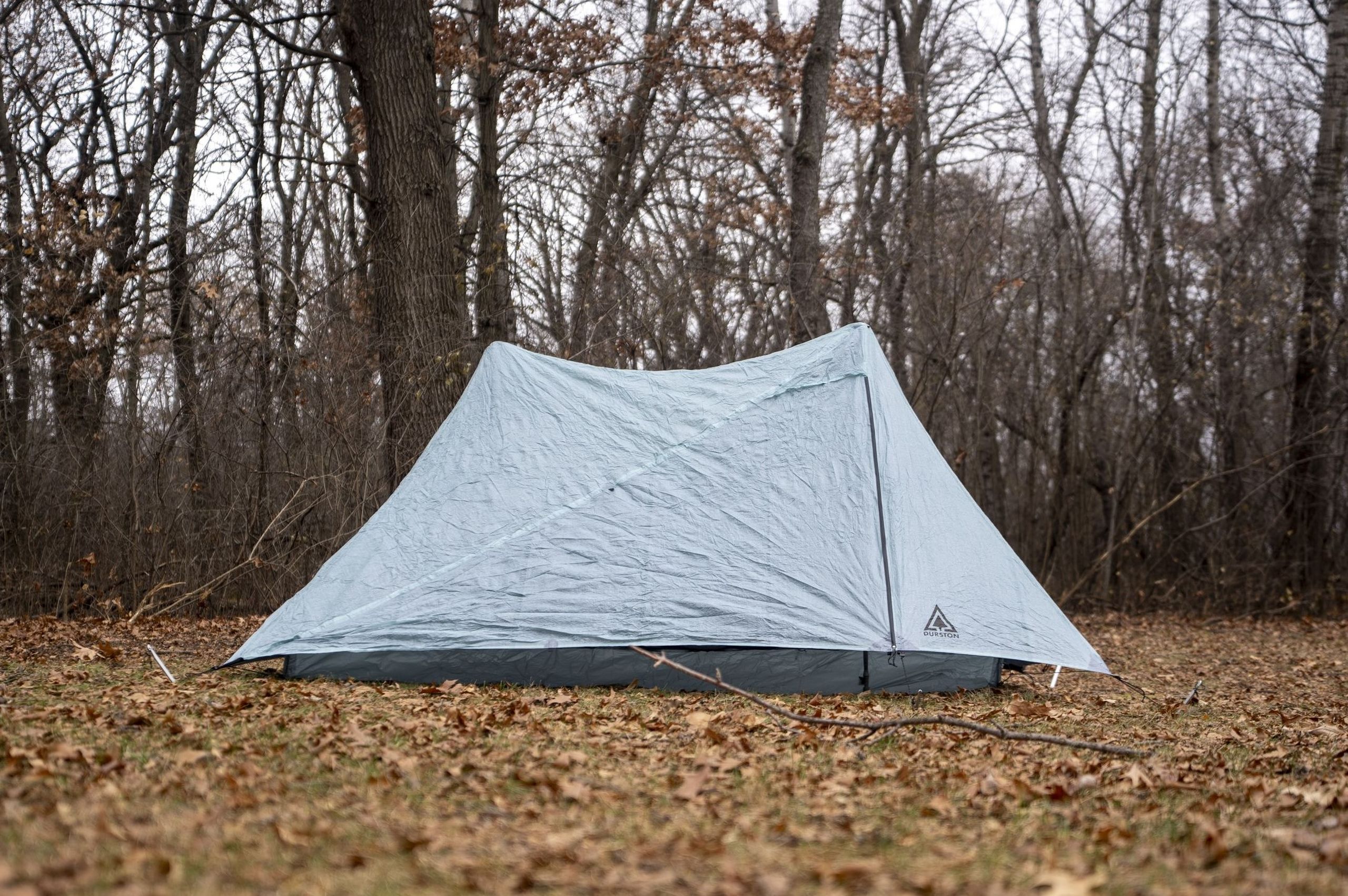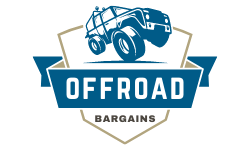
Durston X-Mid Pro 1 Tent Review
Bottom Line
For the tent that balances performance, price, and weight better than any other, the X-Mid Pro 1 tops our list of the best ultralight tents. We loved the simple setup, excellent length, and storm-worthy design that made us confident no matter the adventure. When testing on the second half of the Pacific Crest Trail, it performed excellently mile after mile, whether we arrived at camp early and wanted to relax or had to set it up at night in the middle of a storm. After hundreds of miles, the quality has held up well, demonstrating great durability.
The unique offset pole geometry provides ample interior space, resulting in a comfortable experience, particularly for tall individuals. This is one of our favorite shelters for those over 6’0”, and we found we had plenty of headroom both sitting and lying down. One drawback is that while the interior width is decent, it isn’t vast. This might disappoint those who wish to store their packs beside them at night, although we found that storing them at the head or foot end worked well. Overall, the rest of the features contributed to a thoughtful and comfortable experience. Excellent zippers and doors, great pockets, and well-designed vestibules ensured we were never left wanting for more.
Although trekking pole tents can be tricky to pitch initially, we must recognize that the Pro 1 performs better than most with its straightforward four-stake design. The set-up follows a simple rectangular shape, and the Lineloc tensioners on the corners make it easy to adjust the pitch if mistakes are made.
Overall, we truly love the X-Mid Pro 1. It kept us comfortable and dry for hundreds of miles at a price that let us indulge in a few more town beers along the way. While it may not be the best tent for everyone, we believe it balances the important aspects well for most people, and we have no hesitation in recommending it wholeheartedly.condensation drip out.
Quick Specs
Durston Gear X-Mid Pro 1
Best One-person Ultralight Tent
CleverHiker Rating:
4.8/5.0
Price:
$549
Weight:
1 lb. 1.4 oz.
Dimensions (LxWxH):
90 x 32 x 45 in.
Floor Area:
20 sq ft
Pros
- Easy to use
- Great for taller people
- Stormworthy design
- Wonderful interior comfort
- Spacious vestibules
Cons
- Can only fit pack at head/foot end
- Alternate pitches require some work
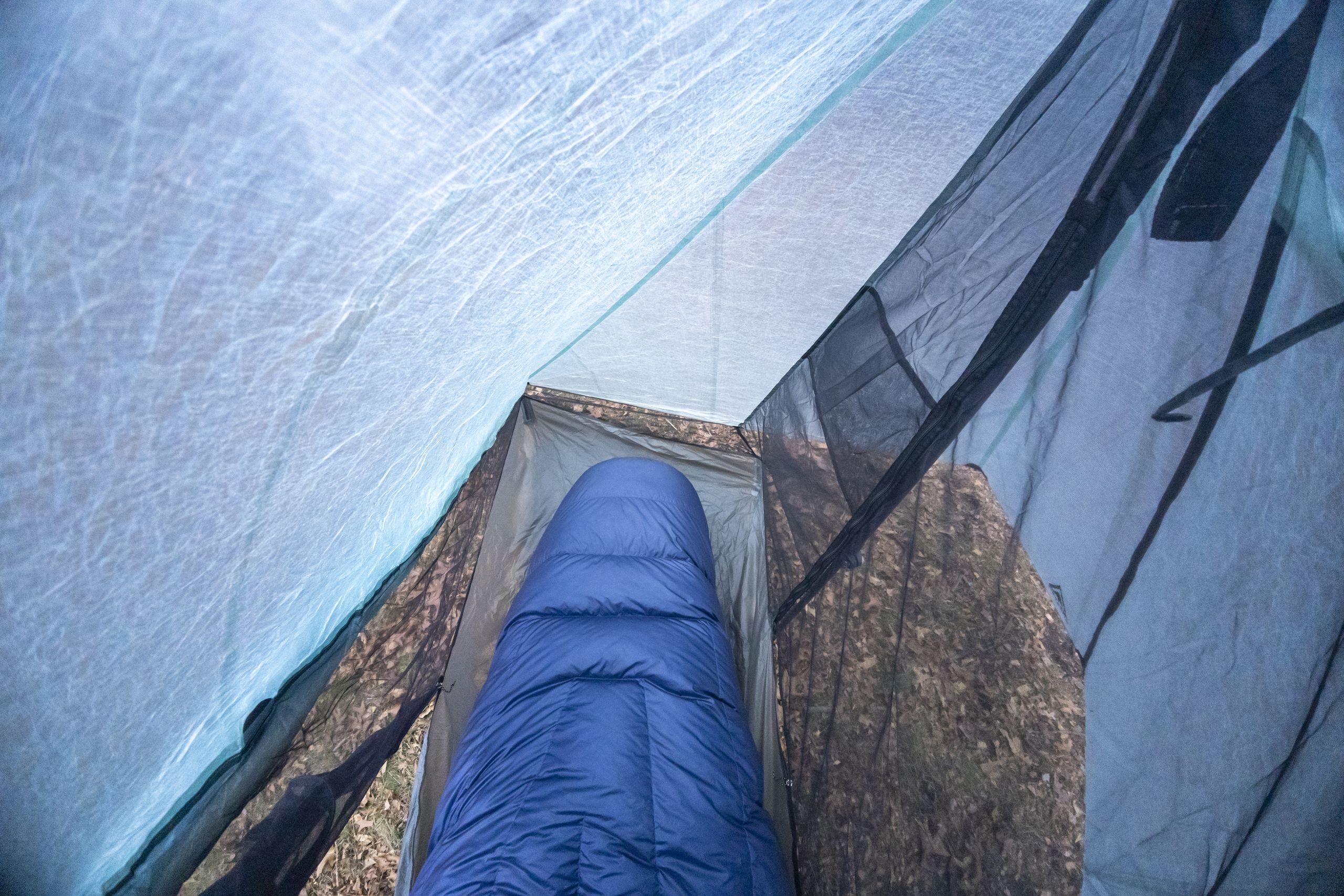
Comfort
While some ultralight tents for one person feel little more than a bivy, the X-Mid Pro 1 offers a spacious and comfortable experience. It is one of the best options for taller individuals, comfortably accommodating our 5’11” tester with a plush 20-degree quilt and a 2.5-inch pad, leaving ample head and foot room.
A significant part of this comfort is attributed to the unique geometry of the X-Mid, which utilizes two trekking poles in an offset configuration to maximize interior volume. Durston Gear has published a comprehensive whitepaper on the volumetric efficiency of tent designs that explores this in great detail, and we are impressed with the interior volume of this tent in practice. With a peak height of 45 inches and a sustained length of the interior, we found headroom to be exceptional.
A slight downside of this tent shape is its interior width. While earlier versions of the X-Mid struggled in this area, the current design does a commendable job of providing enough width for comfort. However, for those who prefer bringing their packs inside, there isn’t enough room next to the sleeping area. During our testing, we didn’t consider this a major issue, as there was adequate space at the head or foot end to store a pack effectively. T
he interior dimensions of 32 inches by 90 inches easily accommodate long, wide pads. If the pad is shifted to one side, it creates sufficient space on the opposite side for common items like a ditty bag, battery bank, or spare clothes. The two large pockets near the doors are among the best we’ve encountered, offering ample space while remaining accessible during sleep. We typically place our headlamp and phone in the nearer pocket while using the farther one to hang damp socks to dry overnight.
The vestibules are enormous. While we rarely used both at the same time, the flexibility of being able to enter through either door or open both for excellent airflow was fantastic. We especially loved that when the rain fly was rolled back, the remaining vestibule area was spacious enough for both our pack and shoes, ensuring they stayed dry when getting in and out of the tent during rain.
During our testing of this tent on the second half of the Pacific Crest Trail, comfort emerged as one of the biggest advantages. Regardless of the type of night, we were able to relax inside our tent and enjoy a good night’s sleep while having ample space for everything.
Although we definitely wouldn’t recommend this for regular use, we nearly ended up squeezing two people into the interior on a particularly stormy night, when a fellow hiker struggled to set up their own shelter after sundown, as the storm reached its peak. Thirty-two inches of interior width isn’t much, but in an emergency situation, it would have kept someone else safe.
Overall, one of the main reasons to consider the X-Mid Pro 1 is its remarkable comfort at such a low weight. With spacious headroom and length, excellent vestibules, and great pockets for storage, we were impressed at every turn.
Weight
Weighing just 17.1 ounces with the DCF fly and silnylon floor, the X-Mid Pro 1 stands out as one of the lightest fully-featured tents available. Although the DCF floor option reduces the weight further to 15.5 ounces, we believe that the silnylon floor is a more suitable choice for most users, as it minimizes packed size (the DCF is inherently bulkier) and is offered at a lower price.
One feature that reduces weight more than other shelters is that the X-Mid design only requires four stakes for setup. Unlike other shelters that need a minimum of six or eight stakes, the X-Mid saves weight by needing less. In practice, we carried a total of seven stakes in various sizes: four for the corners, one shepherd hook for the door, and two for peak guy lines if it became stormy.
If you don’t hike with trekking poles, Durston Gear offers adjustable carbon fiber poles at 3.1 ounces each, but standard fixed-length carbon fiber poles would save even more weight.

Ease of Use
Trekking pole tents take some getting used to, but the X-Mid Pro 1 is among the easiest to set up and use. First, stake out a rectangle using the four stakes, then insert the two trekking poles. A standout feature is that when you place one trekking pole, the tent’s design ensures that the pole won’t fall over if you let go. This convenience simplifies the setup process and makes it a breeze. One drawback of the setup is that it can become tricky when the ground isn’t level. This issue isn’t specific to the Pro 1; many trekking pole tents face challenges on uneven ground. However, the fact that there are only four foundational stakes means less to manage when that situation arises.
In our experience, pitching trekking pole tents can be somewhat of an art, and some users will find it easier than others. The simple geometry of the X-Mid both helps and hinders its performance at times. As long as that rectangle is pitched correctly, the entire structure feels solid and secure. However, if the rectangle is misaligned, it can be challenging to determine which corner requires adjustment.
This is a common issue with all trekking pole tents, but we believe the X-Mid performs better than most in this regard. Adjusting the corners is simple thanks to Linelocs on each corner stake, so we typically didn’t spend much time achieving a good pitch. When site space is limited, the X-Mid can be set up in a “skinny pitch” mode by using the peak guylines instead of two of the corner stakes to significantly reduce the footprint size, although this does require a bit of effort. Nevertheless, we’re pleased to see this option available.
A unique trick the X-Mid can perform is that when setting up in the rain, the trekking poles can be inserted through the peak vents. This eliminates the need to unzip the rain fly and keeps the interior dry until you’re ready to jump in. Additionally, this trick also decreases zipper usage, which is crucial in the desert where sand can damage zipper coils.
The door zippers are smooth and easy to use. When staked down, they’re simple to open with one hand. Water-resistant #3 zippers eliminate the need for a rain flap. The peak vents are large and include a small kickstand to keep them open. A great feature is that they can be adjusted from the interior, so you don’t need to step outside in the rain to close or open them. The doors are also worth mentioning; they are spacious and allow for easy entry and exit.
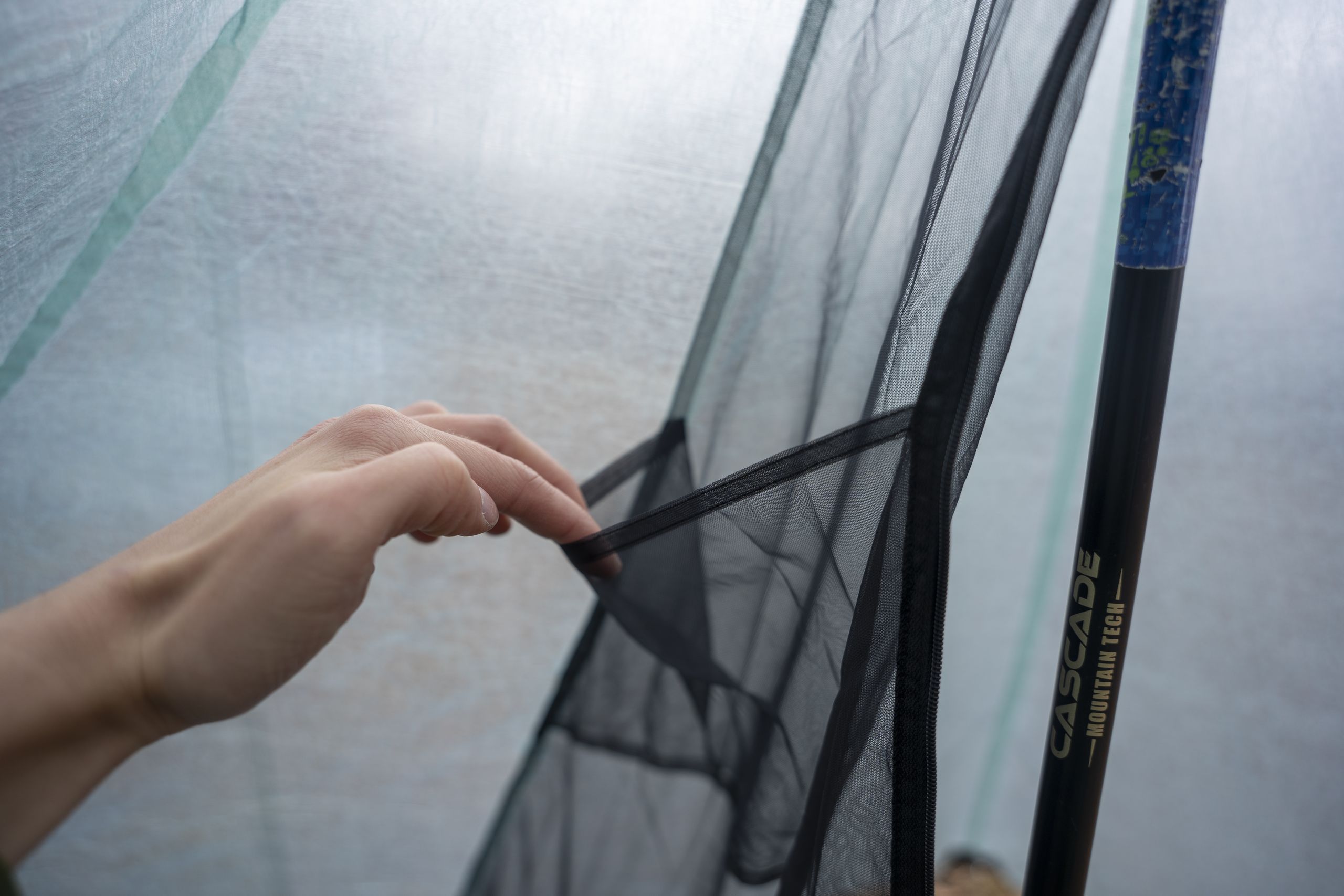
Weather Resistance
With a fly that extends all the way to the ground and a wind shedding double pyramid design, the X-Mid Pro 1 is one of the more stormworthy tents we tested. In our testing, we’ve used X-Mid tents – both pro and non-pro designs – in a variety of stormy conditions and have been impressed with how they handled storms.
In the Swiss Alps during a summer storm while testing the non-pro design, the X-Mid held up well and was the only tent, aside from a fully freestanding design, that remained standing. While testing the pro design on the Pacific Crest Trail, the DCF fly withstood rain and wind without issue.
Like most tents, the X-Mid design has a specific directionality, making it stronger against wind from certain angles. Positioning the peaks into the wind will help, and staking down the included peak guylines in that same direction will be even more effective.
One small area where the X-Mid excels is in its resistance to splashback, which occurs when rain hitting the ground splashes back into your tent. Because the rainfly can be pitched snugly to the ground, we found this feature to be excellent. Our interior and vestibule stayed nice and dry throughout rainstorms.
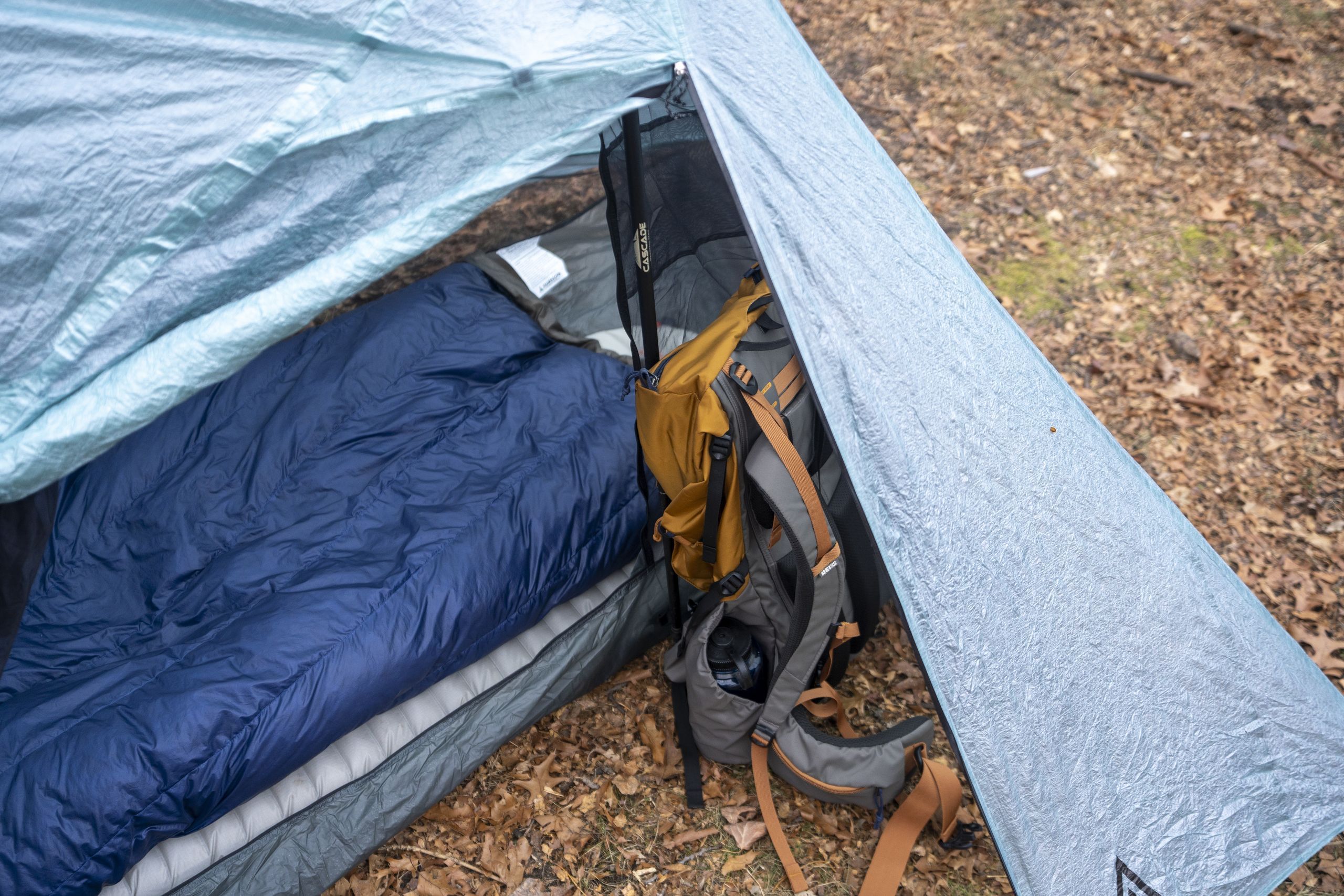
Durability
With a DCF fly and silnylon floor, the X-Mid Pro 1 is constructed from premium materials designed to endure many nights of use. Although we can’t test every tent on a thru-hike, we used this one on the second half of the Pacific Crest Trail and found it withstood the rigors of over 1,000 miles of hiking exceptionally well.
There were no rips, tears, punctures, zipper jams, or cord failures. The only sign of damage we noticed occurred when we accidentally set up on a granite rock under the shoulder area, resulting in impressions – but no punctures – in the floor fabric. For hundreds of miles afterward, the spot showed no signs of worsening.
DCF and silnylon are time-tested and durable materials when treated with proper care. Ultralight tents will always prioritize low weight over bombproof design choices, and it is essential to use these types of shelters as intended.
To enhance overall durability, the X-Mid utilizes hot-bonded seams, which are superior to stitched or cold-taped seams. If anything does happen, Durston Gear offers a 2-year warranty on their products, and the designer is recognized as an active and engaged member of the ultralight community who personally addresses product issues.
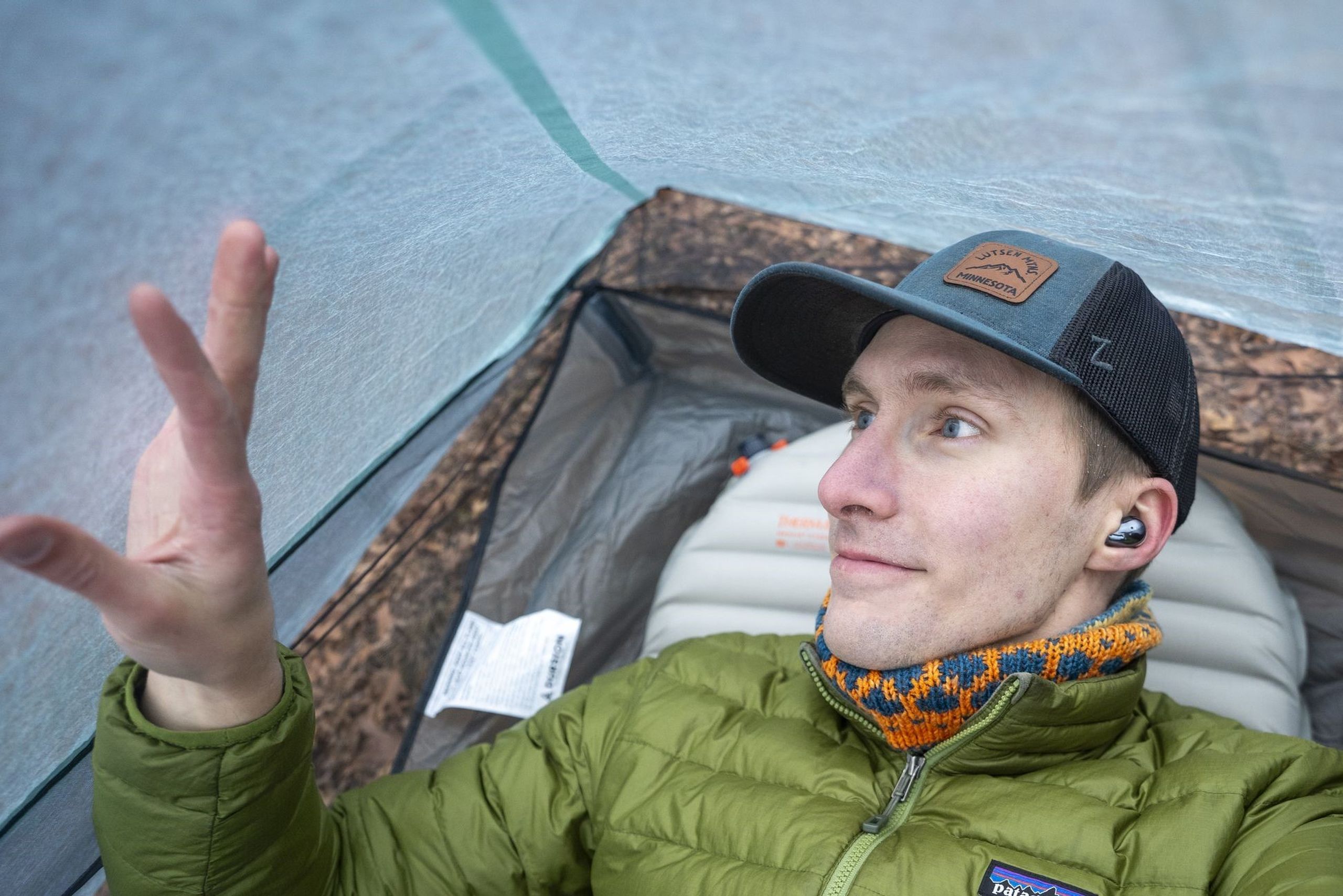
Should You Buy the X-Mid Pro 1?
Few tents balance price, performance, and weight as deftly as the X-Mid Pro 1. Any significant improvement in one category often results in notable drawbacks in others, giving an overall impression that the Pro 1 has achieved a sweet spot in tent design that should attract many users. During testing, we found it got out of our way, allowing us to enjoy the outdoors; every part worked smoothly, enabling us to spend less time frustrated with our pitch and more time relaxing.
However, it’s not a magic best-tent-ever. For people who don’t require headroom, storm protection, ample length, or easy setup, other models may be more suitable. Additionally, if you need your pack beside you at night, this isn’t the right tent for you. Nevertheless, for most backpackers seeking the lightest weight shelter, we believe the design choices made here are wise and will yield benefits in the long run.
In the world of premium DCF tents, the Pro 1 is more affordable than most, making it an excellent value for what it offers. The inclusion of a silnylon floor to reduce costs and keep packed size down is a great option, and we believe it is worth it for the small increase in weight. Ultimately, the Pro 1 emerges as a competent jack of all trades that excels in each category, resulting in an overall performance that leaves us excited to take it on the next adventure.
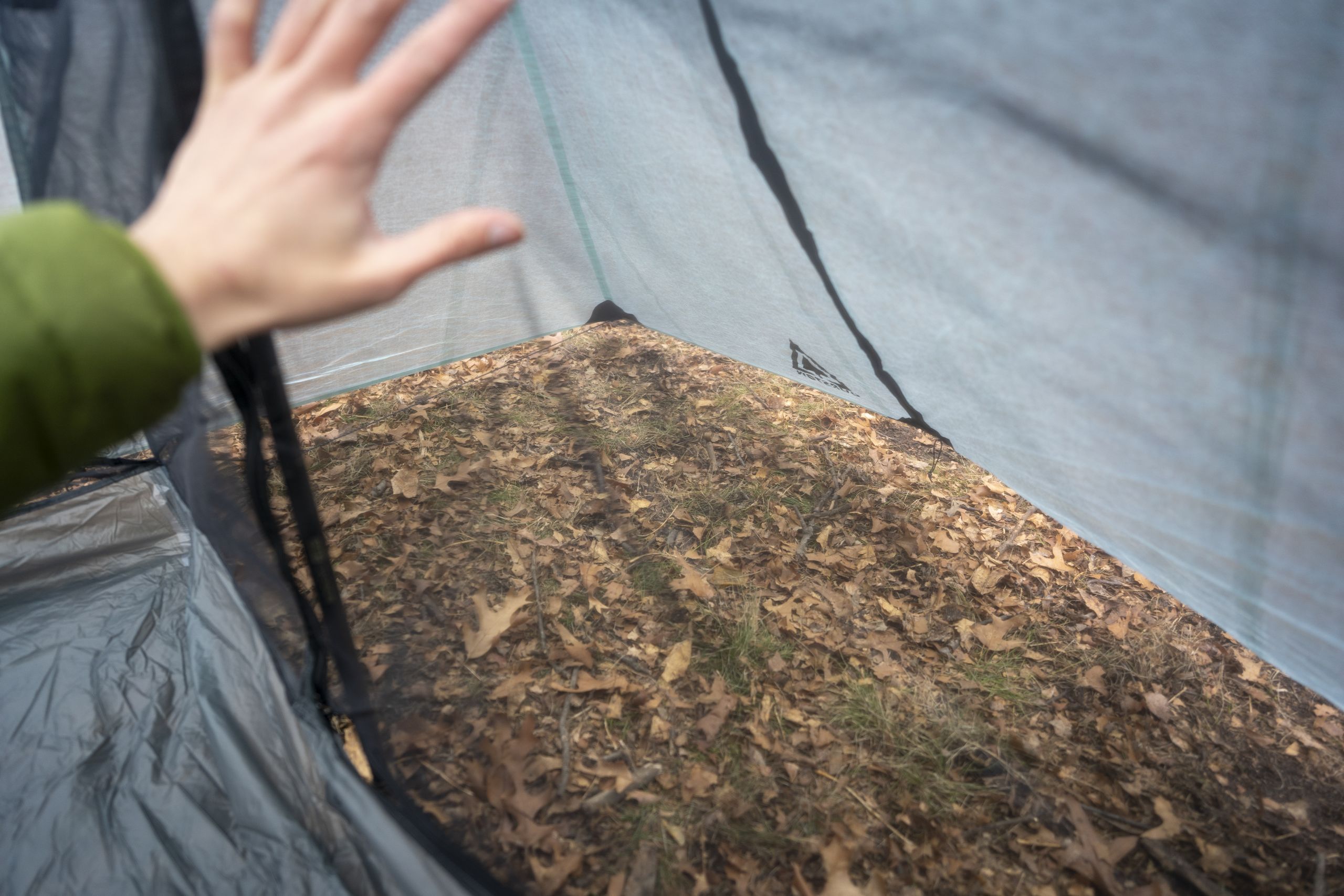
What Other Ultralight Tents Should You Consider?
If the Durston X-Mid Pro 1 Tent is the perfect fit, there are many other options in our best ultralight tents guide.
Zpacks Pivot Solo Review: For another tent that balances weight and livability well, the Pivot Solo absolutely charmed us. The main reason someone might consider this over the X-Mid Pro 1 is the additional floor width the design offers. Both shelters have approximately the same square footage, but while the Pro 1 provides ample head and foot room, the Pivot Solo shifts that slightly, making it easier to store a backpack at night. We still give the edge to the Pro 1 for most people; we believe it balances price, weight, and performance a bit better for our style of backpacking. However, the Pivot Solo approaches these challenges with a slightly different mindset that might appeal to you. Either tent is fantastic; you really can’t go wrong here.
Six Moon Designs Lunar Solo Review: An excellent budget king of backpacking tents provides an alternative if the price and design of the Pro 1 don’t suit your style. With ample interior space – enough to fit two people in a pinch – and high-quality materials that should last a long time, it’s easy to see why the Lunar Solo is so well-loved. While it won’t offer the same headroom as the Pro 1, nor the advantages of a dual door and four stake setup, it’s still a great shelter no matter how many years you’ve spent on the trail.
Durston X-Mid Pro 2+ Review: The Pro 2+ retains the qualities that made the Pro 1 exceptional, but expands upon them to create a backcountry palace for two. The two doors and vestibules now make even more sense, and the vast interior space makes it our top choice when not traveling solo. Although that space results in a larger footprint, staking and setup remain easy to manage.
Durston X-Mid 1: If everything about the X-Mid Pro 1 looks awesome except for the price, then the regular silpoly version is still an excellent shelter at a great price, and it even comes with some advantages over the DCF version. The same efficient design is at work here, but you get a double-wall design, stronger #5 exterior zippers, and the ability to completely remove the inner for stargazing mode, fly-only mode, or to dry both out separately. For those going on a thru-hike, the Pro model still makes more sense, but it’s easy to see why the regular X-Mid has been so popular regardless of the trail.
